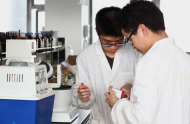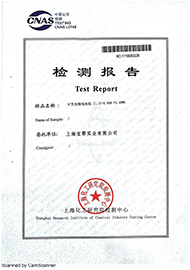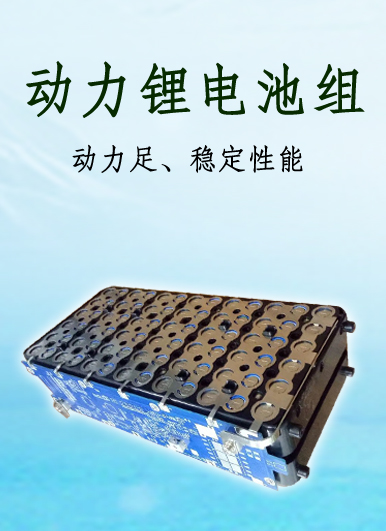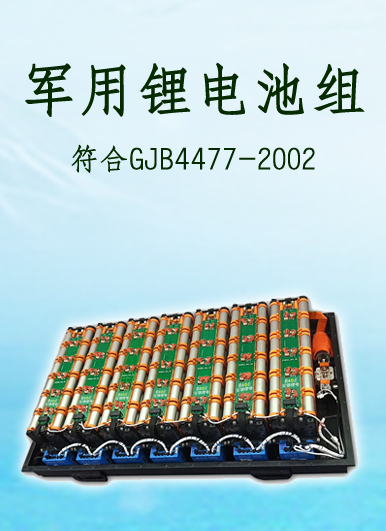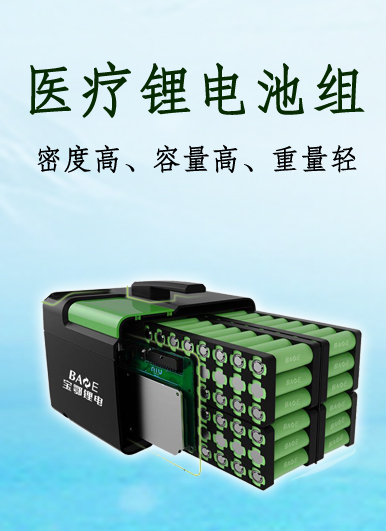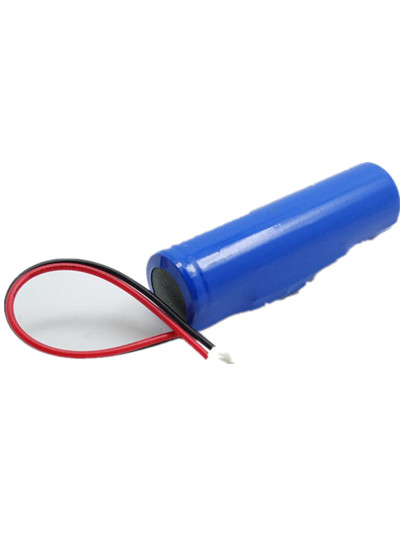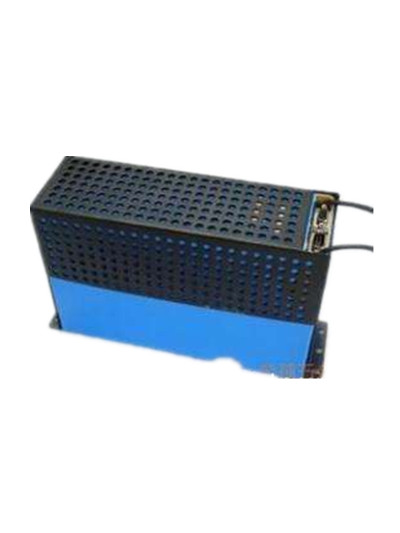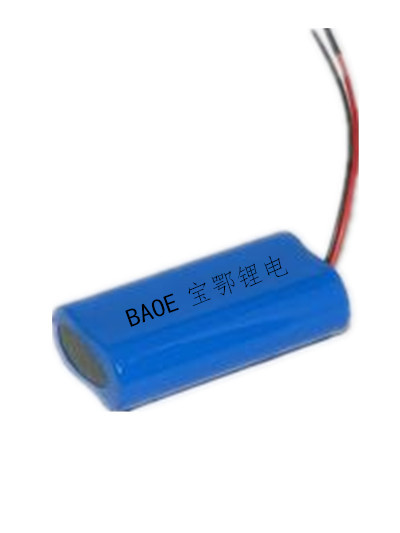The technical bottleneck is not really a new problem. Qilu is one of the pioneers in the field of lithium battery research in China. He was the chief scientist of clean energy electric vehicle power battery project in 2008 Olympic Games. As early as the Beijing Olympic Games, they had done various experiments on various problems. At that time, ternary material batteries could be charged in five minutes. In the experiment, the heat of ternary lithium batteries can not be released rapidly during the rapid charging process, which greatly increases the possibility of explosion. Considering safety issues, Qilu said the technology could not be used in pure electric vehicles, but in battery hybrid vehicles.
In addition, the rapid charging of power batteries is also facing a very real problem - the city's power infrastructure can not meet individual needs. Suppose a bus uses a 150 kWh battery, which takes five minutes to charge, and a bus needs 100 kW power supply. If hundreds of thousands of buses are charged together at the same time, it will have a great impact on the power grid.
"Today's urban power grid can't do this at all." Qilu said.
At present, Prince Winter's team is studying how to adjust the charging method according to the characteristics of batteries in the charging process. After changing the different charging methods, the battery life of the ordinary standard charging method is 500 times. Under the new method, the battery can be charged 1000 times, effectively slowing down the battery decay. So Prince Dong said that even if there are many bottlenecks, lithium batteries will certainly have their own charging methods.
Qilu believes that the most suitable charging technology at this stage is to connect the car unit to charge, two or three hours, five or six hours, or even one night, which is fully achievable by charging technology. Through the development of safe and reliable charging mode, to promote the steady, safe and healthy development of electric vehicles.
Energy density and security are a pair of contradictions
In February 2018, the Ministry of Finance, the Ministry of Industry and Information Technology and other four ministries jointly issued the Notice on Adjusting and Improving the Financial Subsidy Policy for the Promotion and Application of New Energy Vehicles, cancelling the subsidy for pure electric vehicles with driving mileage less than 150 kilometers, and increasing the subsidy for pure electric vehicles with driving mileage more than 300 kilometers to 34,000 yuan, and for vehicles with driving mileage more than 400 kilometers. The subsidy increased to 50,000 yuan.
Wang Yunshi, director of the China Transportation and Energy Center at the University of California, Davis, USA, analyzed that this meant that the longer a pure electric vehicle reached the same mileage as a gasoline vehicle, the better. The new policy may hope to promote the development of power batteries by requiring the energy density of power battery systems.
The energy density (Wh/kg) of lithium batteries refers to the amount of energy stored per unit weight of batteries, which is mainly determined by the material characteristics of batteries. According to the calculation of the energy density of ordinary lead-acid batteries about 40Wh/kg, if using lead-acid batteries to drive household cars over 200 kilometers, nearly one ton of batteries will be needed. Therefore, if the weight of the battery is controlled within a certain range, the greater the energy density of the battery, the longer the range of the vehicle.
The higher the energy density, the better, but the battery is a small device with a high concentration of energy. When more energy is collected in a smaller volume, the consequences of improper use, such as temperature rise or sudden violent collision, can even be comparable to bombs.技术瓶颈实际上并不是新问题,其鲁是中国锂电池研究领域的先锋人物之一,曾担任2008年奥运会清洁能源电动车用动力电池项目的首席科学家,早在北京奥运会时期,他们就针对各类问题做过各种实验。当时三元材料电池已经可以在5分钟内完成充电。在实验里,三元锂电池在快速充电的过程中,热量不能迅速释放,使得爆炸的可能性大大增加。考虑到安全问题,其鲁表示这种技术不能用到纯电动车上,只能用在电池混合动力车。
此外,动力电池的快充还面临着一个非常现实的问题——城市的电力基本设施无法满足个需求。假设一辆公交车用的是150kWh的电池,需要5分钟来充电,一辆公交车就需要100kW供电能力,如果同时有几百辆上千辆公交车一起充电,会对电网造成很大的冲击。
“今天的城市电网根本做不到这一点。”其鲁表示。
目前,王子冬的团队正研究充电过程中根据电池特性调整充电方法,改了不同的充电方法后,普通标准充电法充500次的电池寿命,在新方法下可以做到充电1000次,有效减缓了电池的衰减。所以王子冬表示,即便有很多瓶颈,锂电池一定会有特别适合自己的充电方法。
其鲁认为,现阶段最合适的是以车位为单位接线充电,两三个小时、五六个小时、甚至一个晚上,这是充电技术完全可以做到。通过先把安全可靠的充电方式发展起来,来推动电动汽车的稳步、安全、健康发展。
能量密度与安全性是一对矛盾
2018年2月,财政部、工信部等四部委联合发布《关于调整完善新能源汽车推广应用财政补贴政策的通知》,取消了对续驶里程150公里以下纯电动车的补贴,对续驶里程超过300公里的纯电动车补贴则增至3.4万元,超过400公里的车型补贴增至5万元。
美国加州大学戴维斯分校中国交通能源中心主任王云石分析,这意味着纯电动车在达到与汽油车类似的续驶里程后,续驶里程越长越好。新政策可能希望通过对动力电池系统能量密度的要求,来推进动力电池的发展。
锂电池的能量密度(Wh/kg)是指单位重量的电池能储存的能量多少,主要由电池的材料特性决定。按普通铅酸电池的能量密度约为40Wh/kg计算,如果使用铅酸电池驱动家用汽车行驶200公里以上,则需要将近1吨的电池。因此把电池重量控制在一定范围的前提下,电池的能量密度越大,汽车的续航里程就越长。
能量密度数值理应是越高越好,但电池是能量高度集中的小型装置,当更小体积里聚集更多能量时,如果使用不当,比如温度升高或突然遇到剧烈碰撞,其产生的后果甚至可以和炸弹相提并论。技術のボトルネックは実は新しい問題ではありません。魯さんは中国のリチウム電池研究分野の先駆者の一人です。2008年オリンピックのクリーンエネルギー電気自動車用動力電池プロジェクトの首席科学者を務めました。当時、三元材料の電池は5分で充電が完了しました。実験では、3元のリチウム電池は急速な充電の過程で、急速に熱が放出されず、爆発の可能性が大幅に増加した。安全の問題を考慮して、鲁さんはこの技術は純粋な電気自動車には使えないと言っています。電池のハイブリッド車にしか使えません。
また、バッテリーの充電は非常に現実的な問題に直面しています。都市の電力インフラは需要を満たすことができません。バスが150 kWhの電池を使っているとしたら、5分で充電します。バスは100 kWの電力供給能力が必要です。同時に何百台もの千台のバスが一緒に充電すると、電気網に大きな衝撃を与えます。
今日の都市の電気網はまったくできません。彼は表しています。
現在、王子冬のチームは充電過程でバッテリーの特性によって充電方法を調整し、異なる充電方法を変えた後、普通の標準充電法で500回の電池寿命を充電し、新しい方法で1000回充電できます。電池の減衰を効果的に遅らせました。だから王子冬は、たとえ多くのボトルネックがあっても、リチウムイオン電池は必ず自分に合った充電方法があると言っています。
現在の段階では、駐車スペース単位での配線充電が最適で、二三時間、五六時間、さらに一晩で、充電技術は完全にできると思います。まず安全で信頼できる充電方式を発展させて、電気自動車の安定、安全、健康発展を推進します。
エネルギー密度と安全性は矛盾しています。
2018年2月、財政部、工信部など四つの部門委員会は共同で「新エネルギー自動車普及応用財政補助政策の調整に関する通知」を発表し、継続走行距離150キロ以下の純電動車の補助金をキャンセルしました。継続走行距離が300キロを超える純電気自動車補助金は3.4万元に増加し、400キロを超える車種に対して補助金は3.4万元に増加しました。補助金は5万元に増加した。
アメリカカリフォルニア大デービス分校の中国交通エネルギーセンターの王雲石主任は、純電気自動車はガソリン車と似た走行距離に達した後、継続的に走行距離が長いほどいいと分析しています。新しい政策は、動力電池システムのエネルギー密度に対する要求を通じて、動力電池の発展を促進することを望むかもしれない。
リチウム電池のエネルギー密度(Wh/kg)とは、単位重量当たりの電池のエネルギー量を指し、主に電池の材料特性によって決められます。普通の鉛酸電池のエネルギー密度は約40 Wh/kgで計算すると、鉛酸電池を使って家庭用自動車を駆動して200キロ以上走ると、1トン近くの電池が必要になります。そのため、電池の重さを一定の範囲に抑えて、電池のエネルギー密度が大きいほど、自動車の航続距離が長くなります。
エネルギー密度の数値が高いほど良いはずですが、電池はエネルギーが高い集中型の小型装置であり、より小さな体積でより多くのエネルギーを集める場合、温度が高くなるとか急に激しい衝突があるとか、それによる結果は爆弾と同列に論じることもできます。

